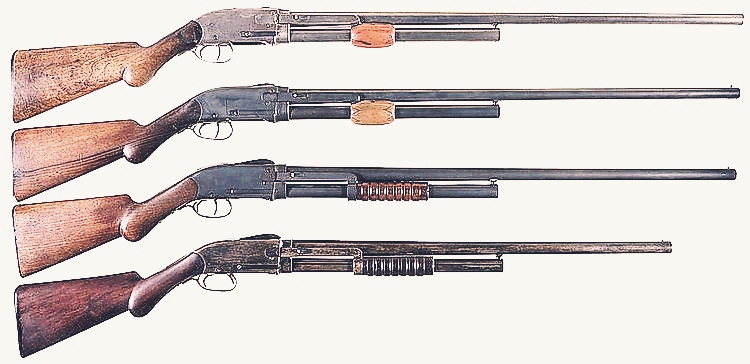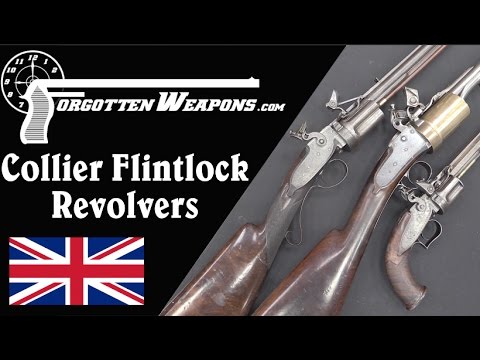Sold for $25,875.
In the buildup to the US War of Independence, “Committees of Safety” were organized in the colonial state to form shadow governments for the independence movement. These committees (our councils, as a few were named) had, among other tasks, the responsibility of sourcing arms for the local militia forces.
This was done both by purchasing arms available at the time from gunsmiths, commercial dealers, and private individuals and also by contracting with gunsmiths to manufacture guns specifically for the council or committee. Typically these guns were not specially marked – there was no particular reason to do so – and as a result they are very difficult to authenticate today. A Revolutionary War weapon could have been anything available at the time.
One notable exception is an order placed by the Maryland Council of Safety. They ordered quite a lot of guns from area manufacturers, including a batch of 500 pistols. In addition, they hired an inspector to verify the quality of the finished guns, and mark them. The inspector was named Thomas Ewing, and his marking looked rather like a tulip. Records about the guns he oversaw and marked remain in existence, and allow them to be identified – including this example.
http://www.forgottenweapons.com
Theme music by Dylan Benson – http://dbproductioncompany.webs.com

At Forgotten Weapons I think the most interesting guns out there are the most obscure ones. I try to search out experimental and prototype weapons and show you how they work, in addition to more conventional guns that you may not have heard of before. You’re much more likely to find a video on the Cei Rigotti or Webley-Fosbery here than an AR or Glock. So, do you want to learn about something new today? Then stick around!



